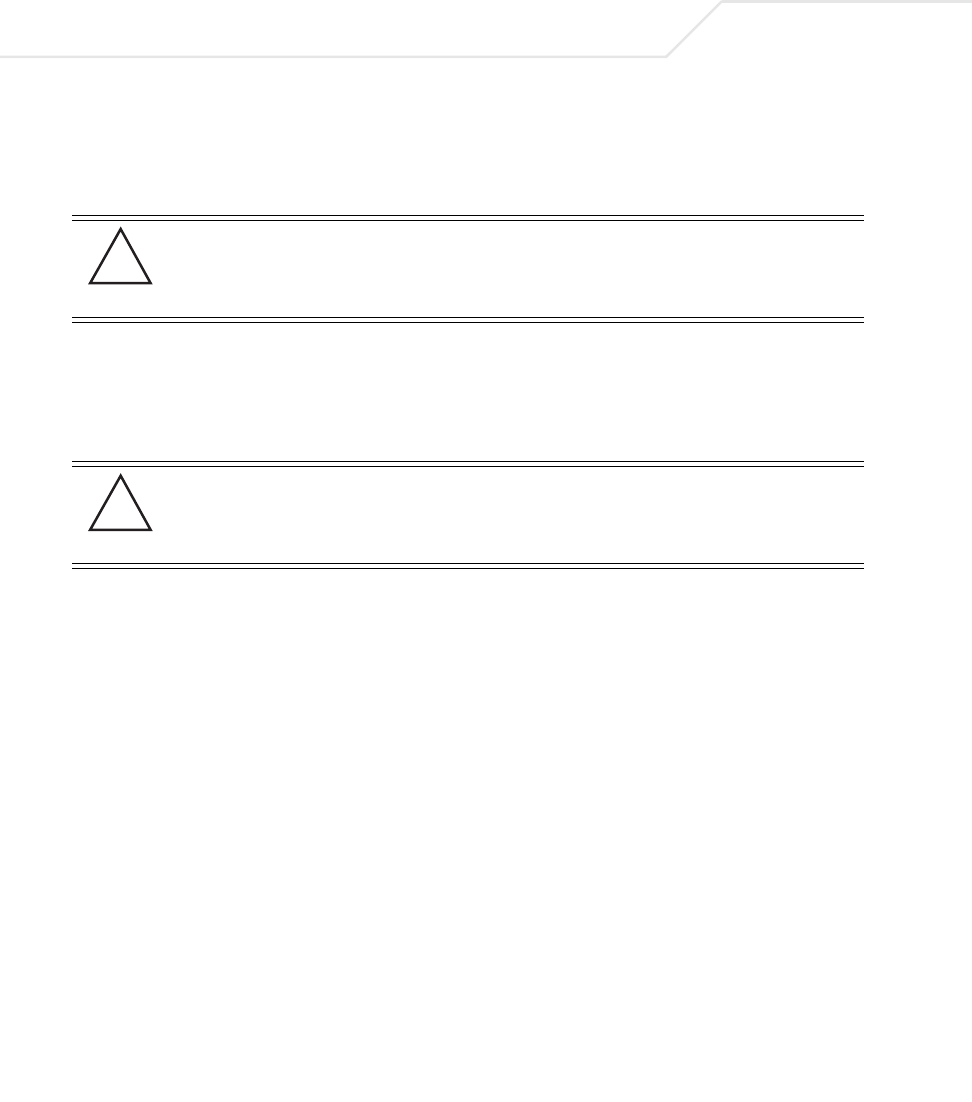User Manual Part 3
Table Of Contents
- Introduction
- 1.1 New Features
- 1.2 Feature Overview
- 1.2.1 Single or Dual Mode Radio Options
- 1.2.2 Separate LAN and WAN Ports
- 1.2.3 Multiple Mounting Options
- 1.2.4 Antenna Support for 2.4 GHz and 5.2 GHz Radios
- 1.2.5 Sixteen Configurable WLANs
- 1.2.6 Support for 4 BSSIDs per Radio
- 1.2.7 Quality of Service (QoS) Support
- 1.2.8 Industry Leading Data Security
- 1.2.9 VLAN Support
- 1.2.10 Multiple Management Accessibility Options
- 1.2.11 Updatable Firmware
- 1.2.12 Programmable SNMP v1/v2/v3 Trap Support
- 1.2.13 Power-over-Ethernet Support
- 1.2.14 MU-MU Transmission Disallow
- 1.2.15 Voice Prioritization
- 1.2.16 Support for CAM and PSP MUs
- 1.2.17 Statistical Displays
- 1.2.18 Transmit Power Control
- 1.2.19 Advanced Event Logging Capability
- 1.2.20 Configuration File Import/Export Functionality
- 1.2.21 Default Configuration Restoration
- 1.2.22 DHCP Support
- 1.2.23 Multi-Function LEDs
- 1.3 Theory of Operations
- Hardware Installation
- Getting Started
- System Configuration
- Network Management
- Configuring Access Point Security
- 6.1 Configuring Security Options
- 6.2 Setting Passwords
- 6.3 Enabling Authentication and Encryption Schemes
- 6.4 Configuring Kerberos Authentication
- 6.5 Configuring 802.1x EAP Authentication
- 6.6 Configuring WEP Encryption
- 6.7 Configuring KeyGuard Encryption
- 6.8 Configuring WPA Using TKIP
- 6.9 Configuring WPA2-CCMP (802.11i)
- 6.10 Configuring Firewall Settings
- 6.11 Configuring VPN Tunnels
- 6.12 Configuring Content Filtering Settings
- 6.13 Configuring Rogue AP Detection
- 6.14 Configuring User Authentication
- Monitoring Statistics
- Command Line Interface Reference
- Configuring Mesh Networking
- Technical Specifications
- Usage Scenarios
- Customer Support
- Index

AP-51xx Access Point Product Reference Guide
9-14
3. Select the Base Bridge checkbox to allow the access point radio to accept client bridge
connections from other access points in client bridge mode. The base bridge is the acceptor
of mesh network data from those client bridges within the mesh network and never the
initiator.
4. If the Base Bridge checkbox has been selected, use the Max# Client Bridges parameter
to define the client bridge load on a particular base bridge.
The maximum number of client bridge connections per access point radio is 12, with 24
representing the maximum for dual-radio models.
Once the settings within the Radio Configuration screen are applied (for an initial
deployment), the current number of client bridge connections for this specific radio displays
within the CBs Connected field. If this is an existing radio within a mesh network, this
value updates in real-time.
5. Select the Client Bridge checkbox to enable the access point radio to initiate client bridge
connections with other mesh network supported access points radios on the same WLAN.
CAUTION A problem could arise if a Base Bridge’s Indoor channel is not
available on an Outdoor Client Bridge's list of available channels. As
long as an Outdoor Client Bridge has the Indoor Base Bridge channel
in its available list of channels, it can associate to the Base Bridge.
CAUTION An access point in Base Bridge mode logs out whenever a Client
Bridge associates to the Base Bridge over the LAN connection. This
problem is not experienced over the access point’s WAN connection. If
this situation is experienced, log-in to the access point again.
!
!










